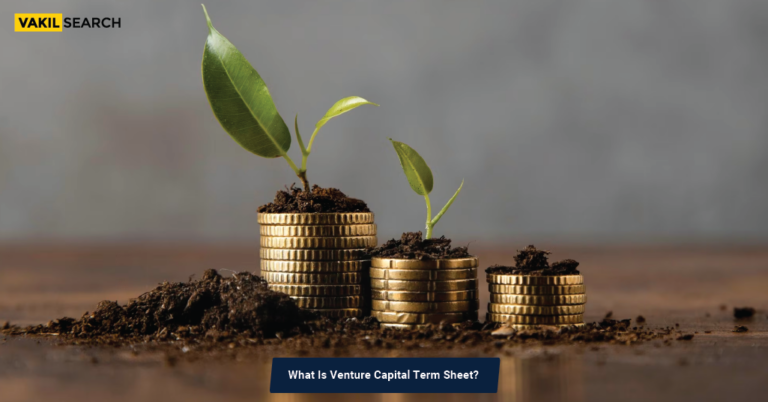The term sheet is perhaps the most important document in a seed round. It outlines the terms of the investment, and it’s essential that it be drafted as quickly as possible. Many companies ask for a term sheet at the same time they start pitching their company, and this can result in some confusion. The general process of writing a term sheet follows these basic steps.
Terms are the most important part of an investment agreement. Here, investors will outline the terms of their investment, including the amount they are willing to put into the round, how much equity they are receiving, and how long they have to participate in the round. Some terms will be standard across all investors in a round, while others will vary based on the deal structure and the preferences of individual investors. Before you begin drafting terms, make sure you have a clear understanding of the deal structure you are aiming for. This will help you to prepare a document that meets the needs of the investors in your round.
Fill in the Key Details
Start out by writing a short introduction describing the company, your role and the product/service you plan to build. From there, fill in the details of your round, including the round size, the amount of investment, and the terms of participation. Use realistic figures to avoid overpaying for underpaying investors.
As a guide, you might want to aim for a total round size of $2 million in a Series A round, and $3 million in a Series B round. You might want to keep the amount below $5 million for a Series C round.
Finalise the Term Sheet
Once the key details are defined in the term sheet, it’s time to finalise the terms of the round. There are a few key things to address in the finalisation of the term sheet:
- How much equity will each investor get?
- What will be the terms of the debt financing?
- What is the cash flow that the investors will receive?
- Is there any additional information that’s important to the round?
- How much equity will each investor get?
- If the round includes debt and equity, it’s important to define how each investor’s money will be used to finance the company. If the investors will be using their money to finance the company, it’s helpful to define this because it can help to avoid confusion down the road. For example, investors may ask the company to use a certain amount of the funding to make payroll in the next few months and this may not be aligned with the terms of the round
- What will be the terms of the debt financing?
- It’s also important to define the terms of the debt financing in the term sheet. The debt financing can often include milestones and interest rates associated with the debt financing
- What is the cash flow that the investors will receive?
- The investors’ cash flow is the amount of money that the investors will receive in exchange for their equity. It’s often helpful for the investors to know exactly how much cash the investors will receive so that there are no surprises down the road
- Is there any additional information that’s important to the round?
- Some other key elements to address in the term sheet include the valuation of the round and the valuation of the company. Investor terms will often include a valuation that doesn’t take into account the value of the business. It’s important to include the valuation of the company in the term sheet. This can be helpful when negotiating with investors as it can help to explain why the valuation of the company should be higher than the valuation of the business.
Get Feedback From Investors and Founders
Now that you’ve sent the term sheet out, it’s time to get some feedback. Before you even think about negotiating, you’ll want to hear back from investors about the document. The purpose of this call is to let the investor know if they’re happy with the terms in the term sheet, and see if any changes need to be made.
If you’re negotiating, you want to make sure that the investor is happy with the terms in the first place. As you’re getting this feedback, you can also be reaching out to potential investors. In these calls, you want to do some market research and find out more about the investor. What are their interests? What are their goals? Is the investor a good fit for your round?
Negotiate and Finalise Deal Documents
The round is now finalised and it’s time to negotiate the deal documents. The investors, who are the investors in the round, will often negotiate the deal documents. The deal documents often include the investors’ documents, such as notes and agreements.
It’s important to keep in mind that there will often be further investment rounds that may include different investors. The deal documents also include the terms of the round, such as the valuation of the company and the valuation of the round.
Conclusion
The term sheet is the most important document in your seed round, and it’s essential that it be drafted as quickly as possible. Once you’ve drafted the terms of your round, you’ll want to finalize the agreement, negotiate any legal agreements, and finalize the investment agreement. The next step is to start fundraising, and this is best done with a team of professional investors.
Also, Read:










